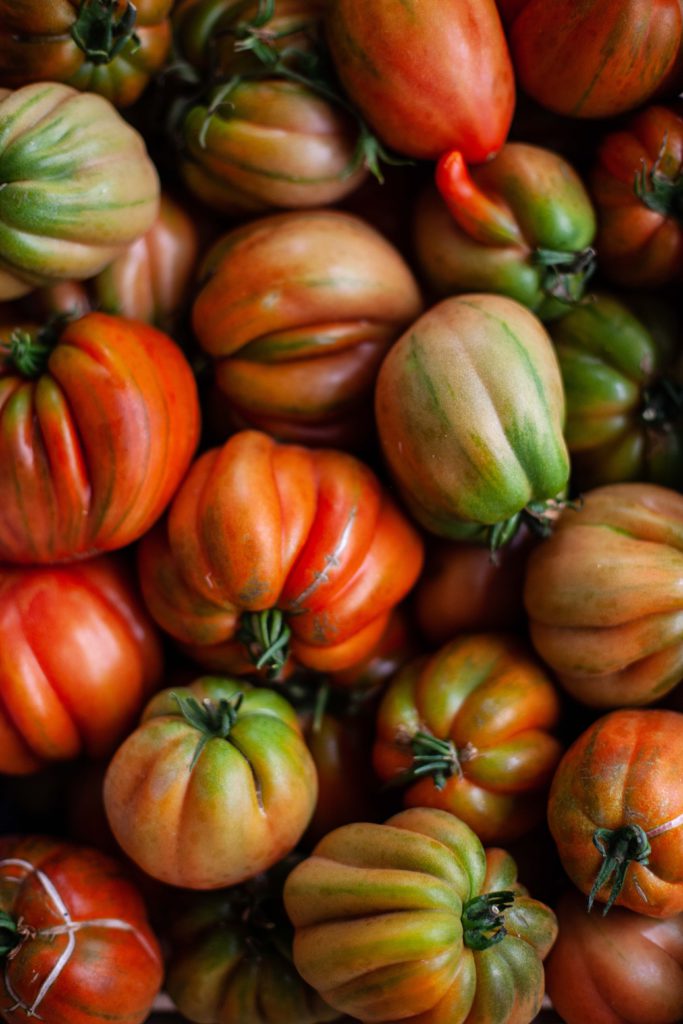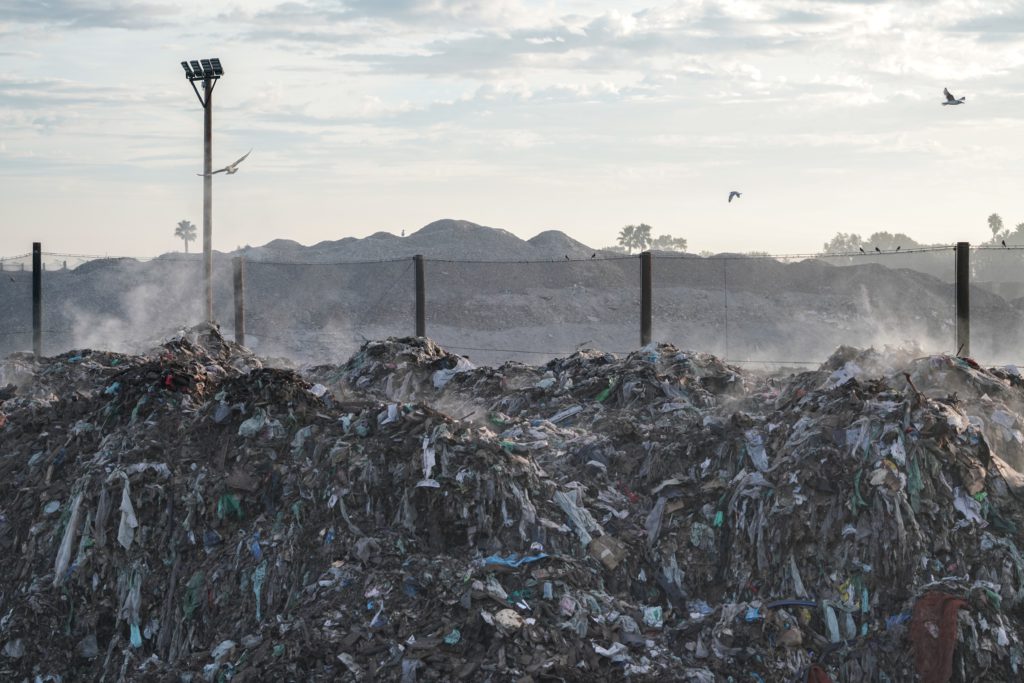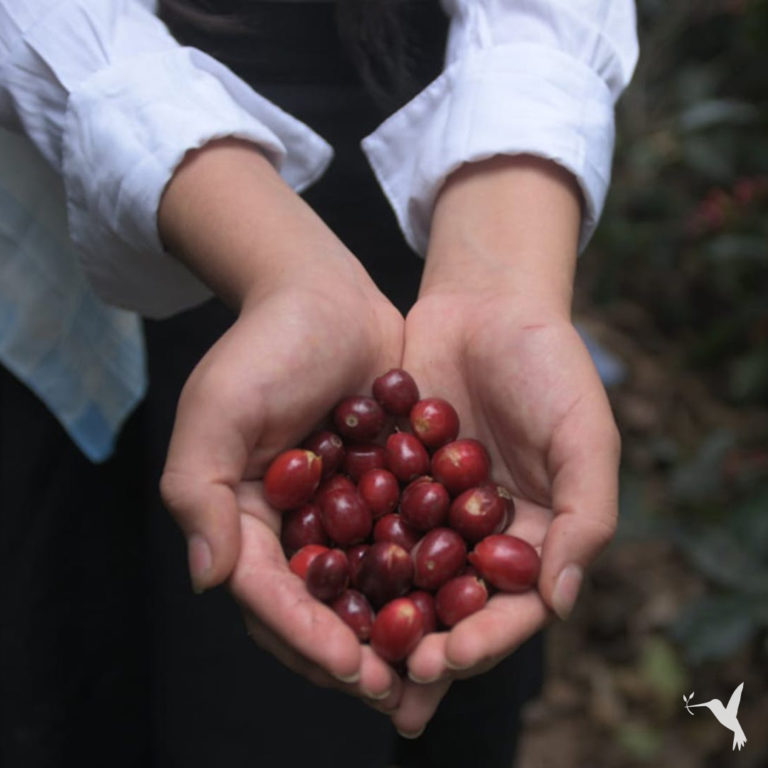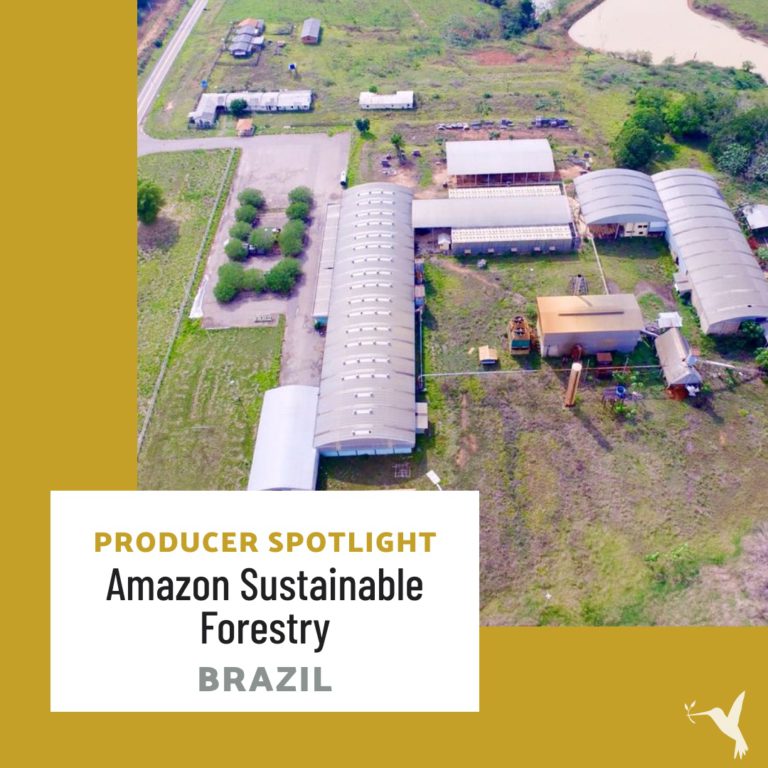How Food Waste Affects Us All
Wasted Food Harms the Environment, the economy, & People Around the World
As a lifelong North Carolina resident, I may certainly be biased when I say that North Carolina produces the best tomatoes. As with almost every crop, it takes a lot of hard work from the earth, the sun, and the laborers who plant, tend and harvest the crop. North Carolina tomatoes fetch a higher rate than tomatoes from other regions, as they generally grow longer on the vine, leading to a more ripe and delicious tomato. It also means these tomatoes have a decreased shelf life.

A few years back, I worked for a migrant agricultural worker health program where I connected with many farmers and farmworkers across the state. One year, I remember speaking with the farm owner who was frantically searching for a buyer for a truckload of tomatoes that wouldn’t stay good for much longer. She had an agreement with one large supermarket in the area and upon receiving the load, they saw one “ugly” tomato and rejected the entire truck. Her suspicion was that they had excess tomatoes, not that her product was “bad.”
Upon hearing her distress, I felt a pit in my stomach.
Would the entire load go to waste? What about all the resources and energy that went to producing them? Would it be a total loss economically and energetically? What about the sun, the nutrients in the soil, and the rain? The men and women’s hands who tended to the plants for months before? I almost couldn’t bear it.
And that was just one truck load.
Food Waste Around the World
Food waste is a pervasive problem around the world. From agriculture to household waste and everything in between, like restaurants, hotels, and corporate events, it occurs all throughout the food system and food chain. Food waste includes lost or discarded food at each stage of food creation, distribution, and consumption. It is so pervasive that one third of all food we produce for human consumption becomes lost or wasted. This is about 1.3 billion tons of food.
As these billions of tons of food go to waste, 800 million people tragically (and unnecessarily) suffer from severe malnutrition around the world. That is one out of every nine people who lives without enough food to eat. Sadly, because of systemic inequalities, many of the people who work in agriculture are the same ones living in poverty and struggling to maintain food sovereignty.
Not only that, but the waste itself is harming our planet. In fact, the food we waste negatively affects our environment, the economy, our nutrition and general food security. It is hard to fathom that we live in a society where we discard one third of all the food we are capable of producing even as people starve.
How did we get here? For one, by continously placing profit over planetary and human wellbeing.
Resolving our food waste issue successfully will remain a great challenge in the coming years.
What is the Difference Between Food Loss & Food Waste
“Food loss” refers to uneaten agricultural, forestry, and fishery products. It occurs during the food production and distribution stage.“Food waste,” on the other hand, refers to edible food that is intended for human consumption, but instead gets discarded or expires. This can occur in many different situations during preparation, sales, or food service. It includes plate waste, spoiled food, and discarded peels and rinds.
Wealthier, more industrialized countries waste the most, but food waste does happen everywhere. Developing countries suffer more food losses during agricultural production, while in middle- and high-income regions, food waste at the retail and consumer level tends to be higher.
Remember the example of tomatoes from western North Carolina? That wasn’t an isolated incident. Almost half of all fruit and vegetables produced are wasted. Additionally, in Europe, 40-60% of fish caught are discarded because they do not meet supermarket quality standards. There are too many examples to list like these from around the world.
A huge amount of food is also lost simply because we throw it away. Supermarkets, shops, and households contribute a significant portion of overall food waste due to what they throw away. Much of it is still perfectly fit for eating but just isn’t pretty enough to sell. In fact, 25% of apples and 13% of onions go to waste merely because of cosmetic flaws.
Are you willing to eat a misshapen fruit? I think many of us would be, especially if we weren’t used to seeing flawless produce in our supermarkets.
What Happens to Wasted Food?
Much of it ends up in the landfill with other waste. This organic waste matter then releases methane gas, which is a huge contributor to climate change. In fact, up to 10% of global greenhouse gasses come from food that is produced, but not eaten.

When we throw away food, all inputs we use in producing, processing, transporting, preparing, and storing discarded food also become a total waste. Each of these activities is a carbon emitter, which is problematic already for food that we eventually consume. For food that we waste, it means extra emissions for nothing more than exacerbating the climate crisis.
Taking into account all the resources used to grow food, the food that becomes waste uses up to 21% of freshwater, 19% of fertilizers, 18% of cropland, and 21% of landfill volume.
What Can We Do About Food Waste
As with most of our big complex issues, there are no simple solutions. We need systemic change and policy change, but this doesn’t absolve us from individual responsibility either.
Be prepared
Use lists, recipes, and meal plans to avoid buying food you won’t use.
At the shop
Shop smart. Buy local. Buy direct from farmers or farmers markets. Don’t overbuy.
Ask for and buy “ugly” fruits and vegetables.
At home
Stay organized in your fridge and cabinets. Store food properly to lengthen its life and think twice before throwing it away. Just because it is past its prime doesn’t mean it is bad. For example, use leftover vegetable scraps to make soup stock or stale bread to make croutons or breadcrumbs. Freeze fruits and vegetables before they go bad to use later in smoothies or soups.
Start a home compost system
Home composting can potentially divert up to 300 pounds of food waste per household per year from ending up in the landfill.
Stay connected with Producers Trust
While our mission isn’t specifically focused on decreasing food waste, we are on a mission to transform food systems and supply chains. We are here to connect consumers with producers that share their values. We are committed to fostering transparent supply chains and regenerative agriculture, all of which relate to more holistic and sustainable practices around our relationship with food and the earth and humans who grow it for us.
Every problem and potential solution requires a shift in mindset as well as practices. Our Producers Stories page is here to support the shift in mindset while our Marketplace and StoryBird are here to offer logistical solutions.


